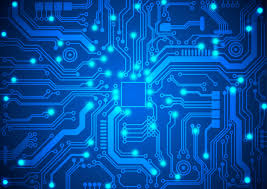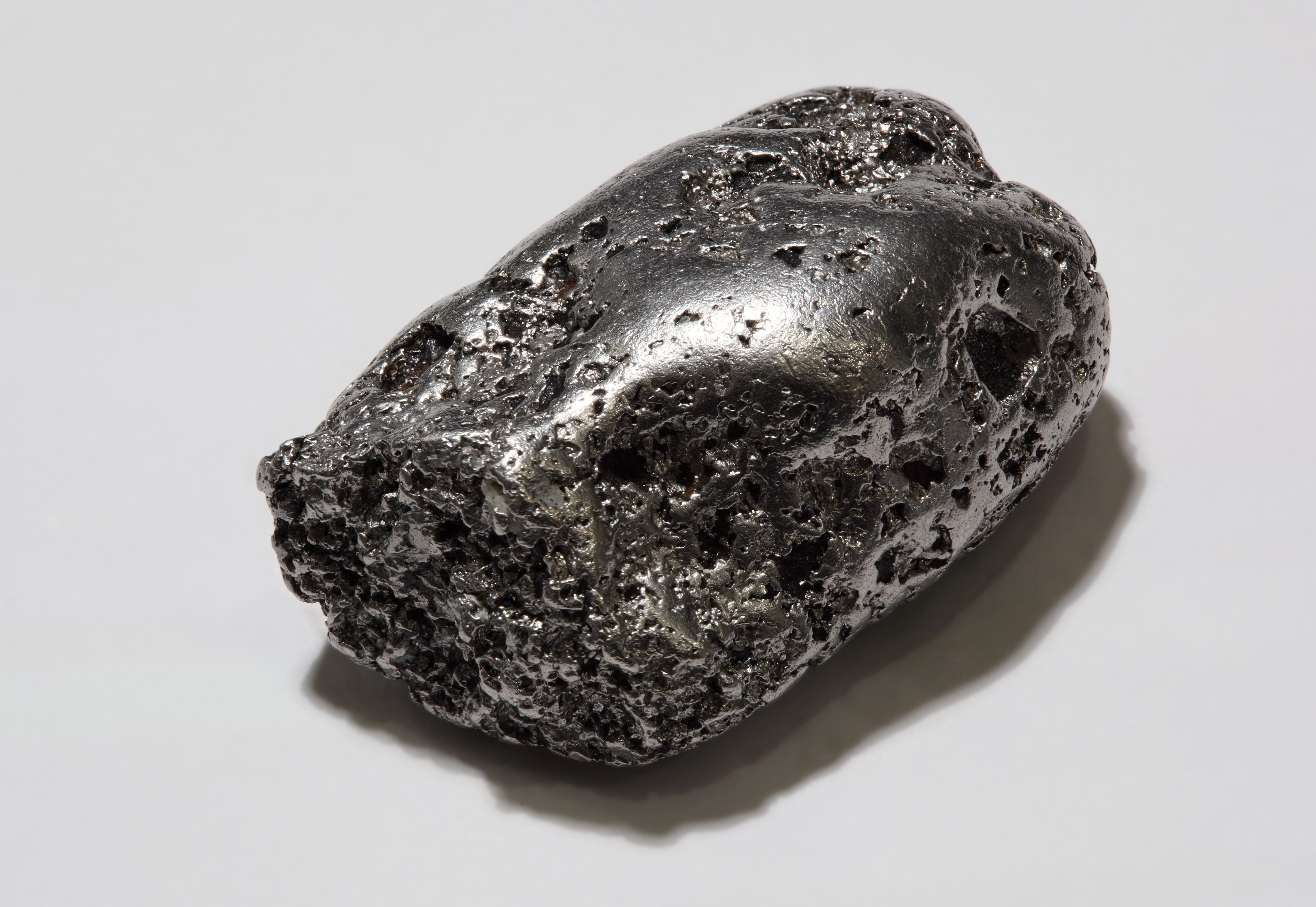 |
| https://upload.wikimedia.org/wikipedia/commons/thumb/e/eb/MyPyramidFood.svg/2000px-MyPyramidFood.svg.png |
Go to http://www.cuesa.org/eat-seasonally/charts to find seasonality Charts. You will research one fruit and one vegetable that is in season during a particular month here in California. Use the same website to find recipes.
What does in season mean?______________In season means the food is good in that time ___________________________________
_____________________________________________________________________________.
Month
|
One Fruit
|
One Veggie
|
URL to One recipe which uses either the fruit or veggie.
|
January
|
Dates
|
Brussels sprouts
| |
February
|
Limes
|
Asparagus
| |
March
|
Guavas
|
Artichokes
| |
April
|
Lemons
|
Broccoli
| |
May
|
Cherries
|
Garlic
| |
June
|
Loganberries
|
Corn
| |
July
|
Apricots
|
Carrots
| |
August
|
Apples
|
Cauliflower
| |
September
|
Strawberries
|
Green Beans
| |
October
|
Peaches
|
Spinach
| |
November
|
Raspberries
|
Potato
| |
December
|
Kumquats
|
Pepper
|
What are three reasons people should buy produce that is in season. Use the video to help you.
- Food that is not is season does not taste as good as food that is in season
- In season food does not leave as much of a carbon footprint
- Food in season is cheaper
Why do people buy food that is not in season? ___________________________________Because they might like how the food tastes and they want it all year round insted of just buying lots of it in the seson that it is good in.______________________________________________________________________________________________________________________________________________________________________________________________________
How does buying in season help everyone? ___Buying in seson helps the air and doesn’t leave as much as a carbon footprint… ______________________________________.
Where are some places you can buy in season food besides the supermarket? If you go to a place that is warmer or colder than CA than you can probably find it there.
S&EP: SP4: Analyzing data
This week I was learning about in season. I made a table to keep my data safe while I worked so nobody could copy or steal my data. I also needed it for this blog. So I kept my data safe in a table.



